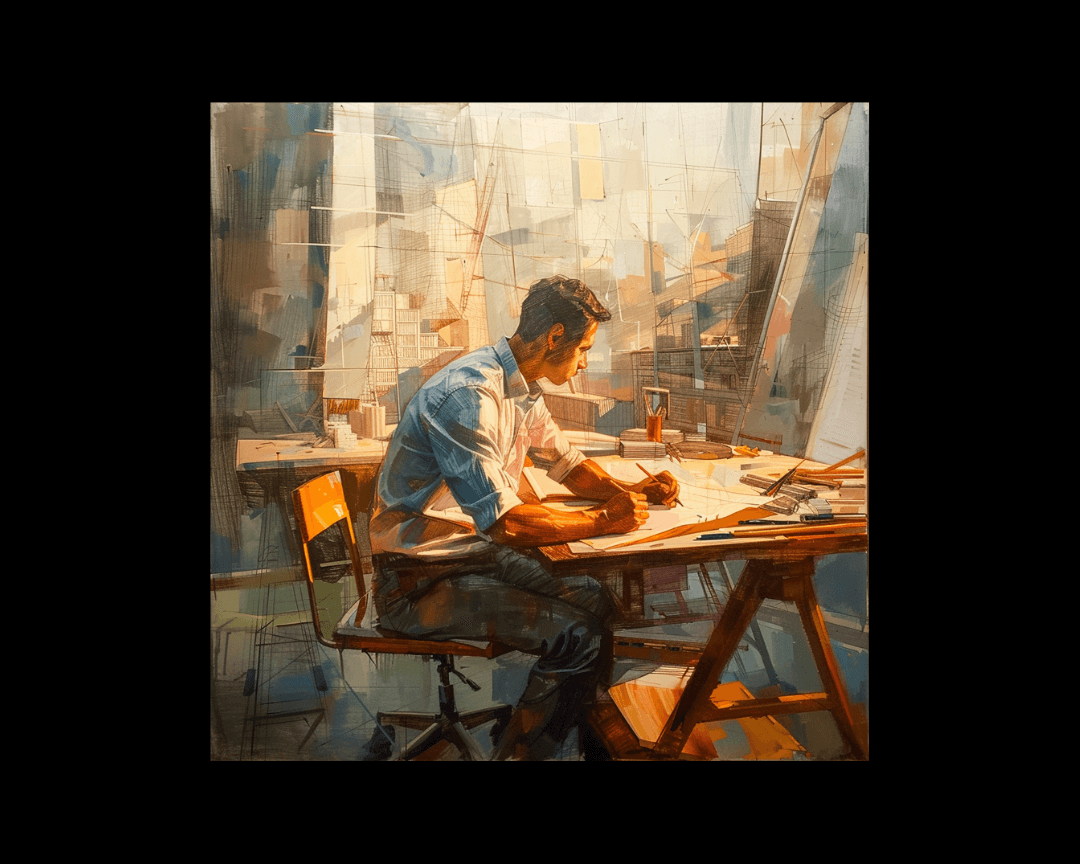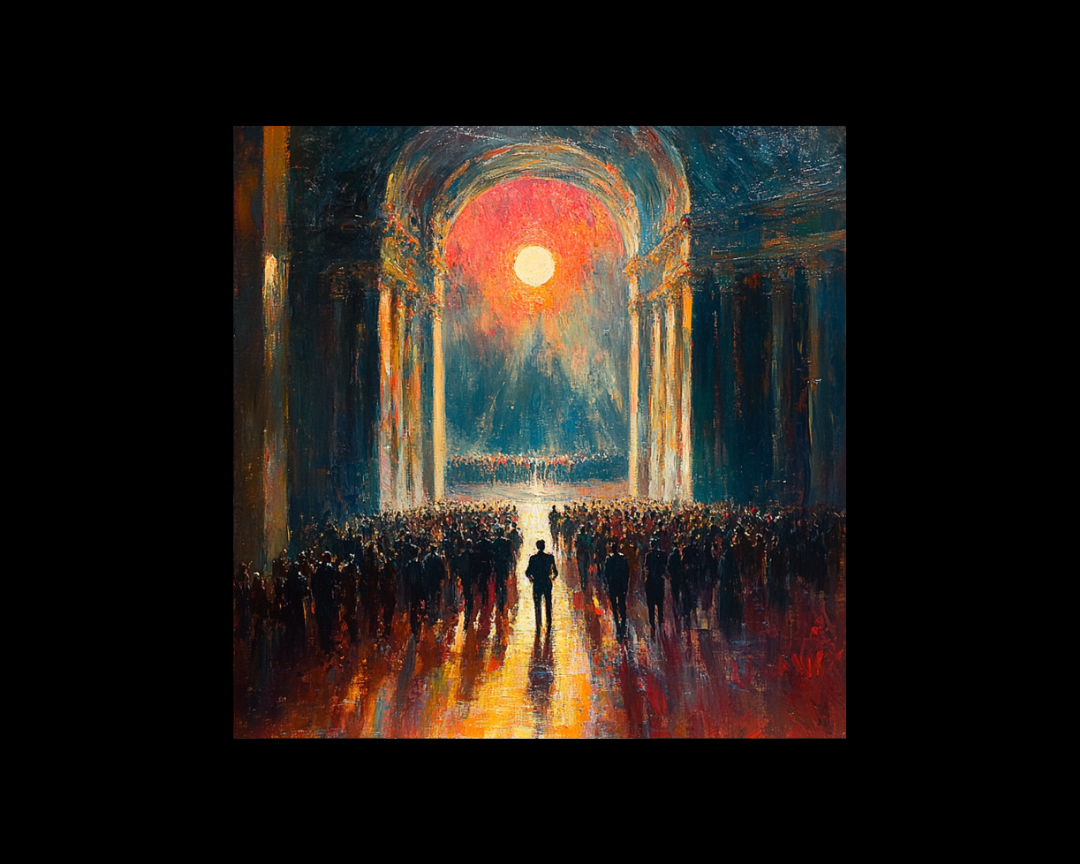The Architecture of Narrative: Story Planning
In the vast landscape of the writing world, there are many paths to the summit of a completed novel. Some writers prefer the winding, serendipitous...
.png)
In our current era, speed is often celebrated above all else. The internet's emergence has accelerated our lives, turning processes that once took weeks into mere hours or minutes. We demand efficiency and haste in our work, leaving little room for procrastination.
However, when it comes to crafting a story, haste is not your ally.
Composing a story remains a meticulous undertaking because it primarily involves thinking.
Thinking is time-consuming, and that's precisely what plotting and outlining entail—extensive contemplation.
All the tools in the world can't... and shouldn't... accelerate your thought process.
Just as every author has a unique writing style, they possess their distinct method of conceptualizing their stories.
This approach is fluid and evolves over time, with practice, experience, and age.
There is no universally correct or incorrect way to craft a plot and develop characters.
Many story ideas seem to materialize from the ether, emerging as unconscious decisions.
A significant portion of an author's creativity arises from intuition, talent, experience, and memories.
Creativity and story ideation often exist in the mind as unarticulated wisps of imagination, not yet formed as words or clear concepts.
Authors capture these fleeting inspirations, embarking on the painstaking process of shaping them into a narrative.
Hours, days, weeks, and even months may pass as authors refine their ideas, discard some, and rearrange others to create a spellbinding story.
This is not a process that can be rushed or streamlined for efficiency.
We're talking about the realm of creativity, where ideas can emerge suddenly or require extensive effort to extract. Authors may enter a state of creative flow or laboriously construct their world step by step.
Regardless of how ideas surface, they must find their place in the story, which demands structure and order—a taming of an author's creative impulses.
Even under tight deadlines, the ultimate goal is to create a captivating story that resonates emotionally with the audience.
The time and care invested in thinking about the story, developing characters, and structuring the plot pay off when the audience experiences the journey you've carefully crafted.
Therefore, it's essential to devote as much effort to each aspect of your story as you do to crafting each sentence.
Your sentences convey your story, and what you convey should be as important to you as how you convey it.
As a storyteller, your success hinges on your ability to engage your audience.
The story is the linchpin of your novel or film's success, and as a creator, your primary concern should be its quality, not its speed.
So, while tools may enhance productivity, they should also encourage higher quality over quantity.
Take the time to mold your tale, craft your narrative, design your story, and structure your plot. Pay attention to the details and avoid rushing the creative process.

In the vast landscape of the writing world, there are many paths to the summit of a completed novel. Some writers prefer the winding, serendipitous...
.png)
In today's blog post, we're diving deep into the insights shared in a captivating video titled "Story Development: The Three Most Important People in...

Story endings can be thrilling, rewarding, and, for many writers, intimidating. A strong ending must provide resolution, deliver emotional impact,...